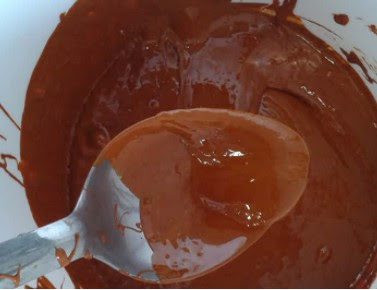A commercial plant will produce bio-resins from tomato wastes in Italy
Type of post: NEWS.
The start-up TomaPaint is developing a commercial production plant in northern Italy to transform tomato processing waste into bio-resins to be used as coatings in food packaging.
Press release (Agrimax): “Agrimax welcomes new project to realise commercial production of natural bio-resins from tomato wastes and by-products”, 24/11/2020.
TomaPaint srl was founded in 2019. The cofounders are Angela Montanari, Stefano Chiesa, Alessandro Chiesa and Tommaso Barbieri. Its core business is the industrialization and commercialization of a natural bio-resin obtained from industrial tomato processing by-products. TomaPaint’s technology is based on almost 10 years of research, as part of the European projects: BIOCOPAC, LIFEBiocopacPlus (coordinated by SSICA) and Agrimax (BBI JU project).
The bio-resin is made from cutin and will be used as a coating for metal cans, packaging for, among other things, tomato sauces. Cutin is a natural polymer, polyester type, found in the cuticle of tomato skins and is the substance used to produce the organic-based lacquer. It is possible to extract the cutin regardless of the origin of the tomatoes and the type of peel. The cutin extraction process does not use organic solvents and is based on well-tested technologies, with high performances and productivity at relatively low costs. This process consists in the separation of the skins by flotation, in the thermal treatment of the skins in an alkaline solution, in the separation by centrifugation of a liquid solution, where the cutin is precipitated by acidification and separated by centrifugation (see the details of the process).
The plant will ultimately be capable of processing 1,500 tons of tomato waste a year and providing enough cutin to satisfy Italian, European and international markets. The bio-resin production of the new facility will reduce CO2 emissions and hazardous chemical use, compared to the production of existing, fossil fuel-based resins. Carbon emissions are 730 mg lower per metal can, compared to conventional coatings. Considering that in Italy 650 tons of metal containers are used every year, the reduction of carbon dioxide emissions could be impressive: 1 million kg of CO2e per year. The project to scale up the plant is funded by the European Union’s EIC Accelerator Horizon 2020 Green Deal.





